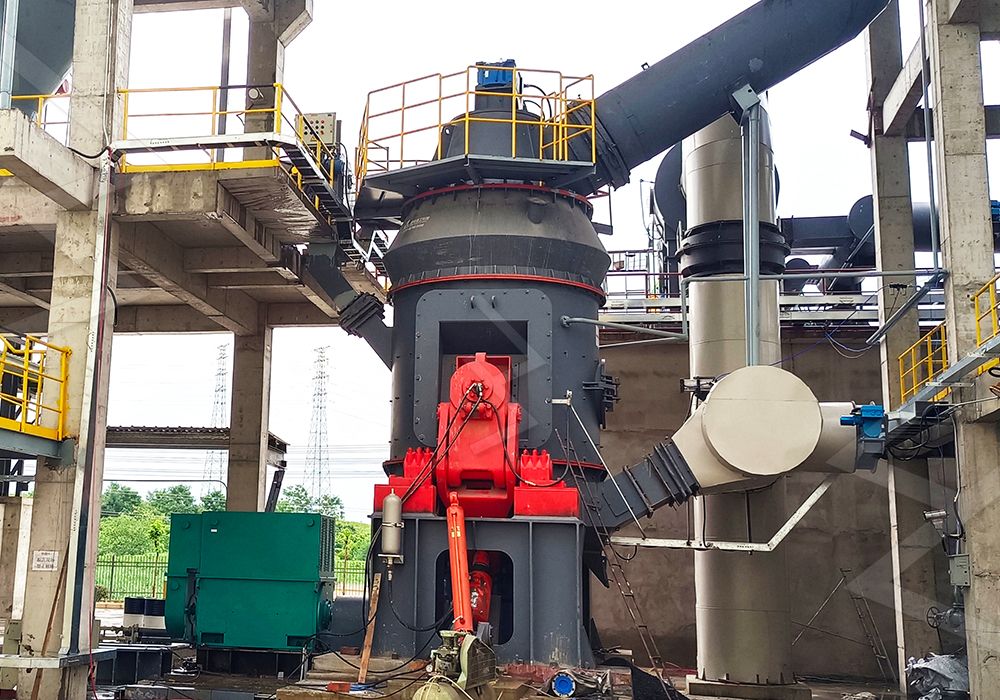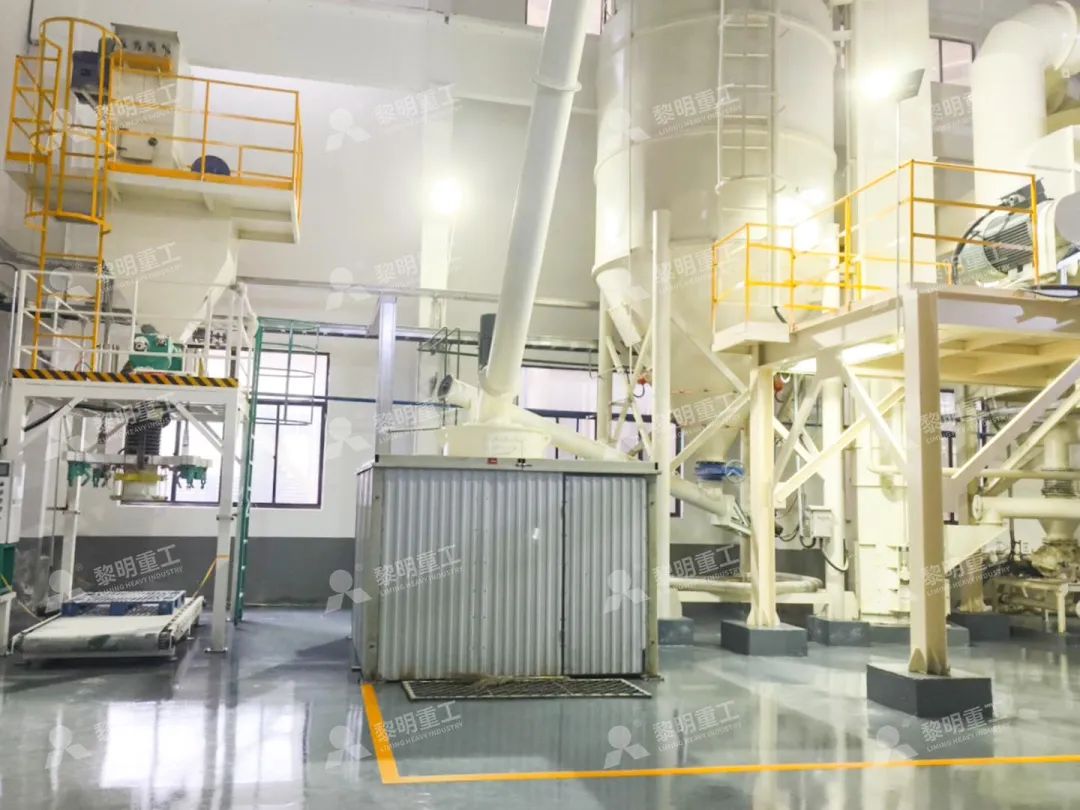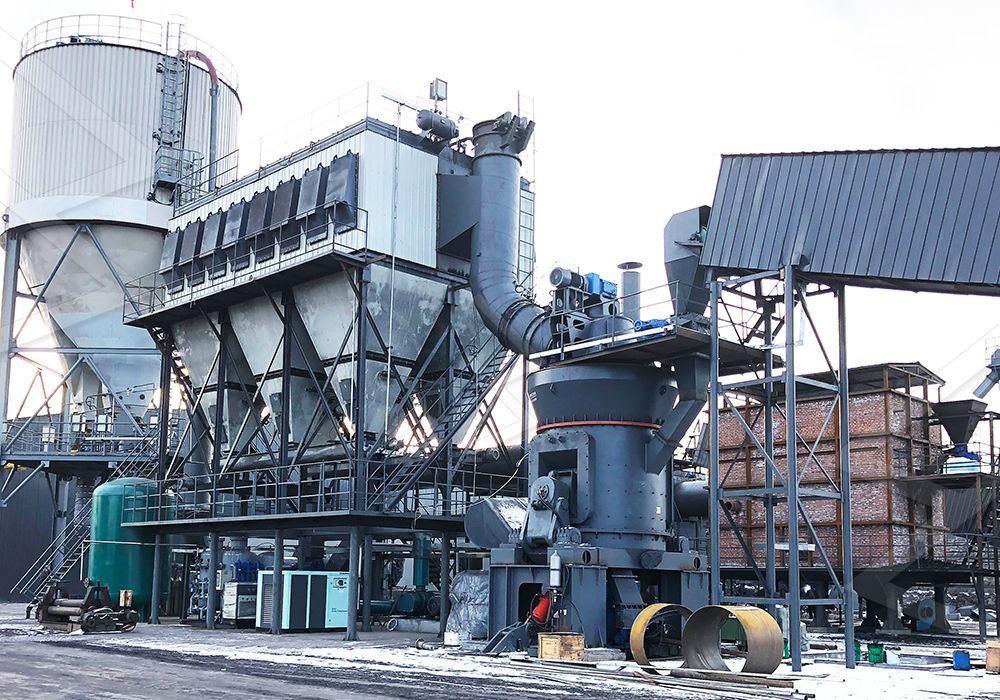High Efficiency 120 Mesh Vertical Mill for Fine Powder Processing
High Efficiency 120 Mesh Vertical Mill for Fine Powder Processing
In today’s competitive industrial landscape, achieving consistent fine powder production at 120 mesh specifications requires precision engineering and advanced technology. Processing materials to this fineness level demands equipment that can maintain particle size distribution while optimizing energy consumption and operational costs. The right grinding solution can significantly impact product quality, production efficiency, and overall profitability.
Modern vertical mills have revolutionized fine powder processing by combining multiple operations into single, streamlined systems. These advanced machines integrate crushing, drying, grinding, classifying, and conveying functions, eliminating the need for separate equipment and reducing overall footprint. The vertical configuration naturally promotes efficient material flow and particle separation, making it ideal for achieving precise fineness specifications like 120 mesh.

Advanced Technology for Superior Performance
The evolution of vertical mill technology has brought significant improvements in grinding efficiency and operational reliability. Modern systems incorporate intelligent control systems that automatically adjust parameters to maintain optimal performance. Advanced separator technology ensures precise particle classification, while innovative grinding roller designs maximize material contact and reduce energy consumption.
One standout solution in this category is the MW Ultrafine Grinding Mill, specifically engineered for customers requiring ultra-fine powder production. This machine processes materials with an input size of 0-20 mm and delivers capacities ranging from 0.5 to 25 tph. Its sophisticated design includes an efficient pulse dust collector and muffler system, effectively minimizing dust and noise emissions while ensuring environmental compliance throughout the production process.
Key Operational Advantages
The most significant benefit of modern vertical mills lies in their energy efficiency. Compared to traditional grinding systems, advanced vertical mills can reduce energy consumption by 30-50% while maintaining or even increasing production output. This efficiency stems from optimized grinding mechanics, reduced material recirculation, and intelligent power management systems.
Another critical advantage is the exceptional product quality consistency. The controlled grinding environment and precise separation mechanisms ensure uniform particle size distribution, minimal contamination, and excellent product purity. For applications requiring 120 mesh fineness, this consistency translates to superior end-product performance and reduced quality control issues.

Application Versatility
High efficiency vertical mills demonstrate remarkable versatility across numerous industries and materials. They effectively process limestone, calcite, dolomite, petroleum coal, gypsum, barite, marble, talc, and various chemical compounds. This broad applicability makes them valuable assets for operations handling diverse material streams or considering future product diversification.
For operations requiring even higher precision, the LUM Ultrafine Vertical Grinding Mill presents an excellent alternative. With an input size capacity of 0-10 mm and throughput of 5-18 tph, this mill incorporates the latest Taiwanese grinding roller technology and German powder separating technology. Its unique design prevents materials’ long lingering time and repeated grinding issues common in traditional mills, ensuring higher whiteness and cleanliness in finished products.
Environmental and Operational Considerations
Modern vertical mills address growing environmental concerns through integrated dust collection systems, noise reduction technologies, and energy-efficient operations. The closed-system design prevents material loss and environmental contamination while maintaining workplace safety standards. These features make them suitable for installation in areas with strict environmental regulations or proximity to residential zones.
Maintenance considerations have also been significantly improved in contemporary designs. Features like external lubrication systems, accessible wearing parts, and modular components reduce downtime and simplify routine maintenance. The absence of rolling bearings and screws in the grinding chamber of mills like the MW series eliminates concerns about bearing damage or loose screw-related failures.

Frequently Asked Questions
What materials can be processed using a 120 mesh vertical mill?
These mills handle various materials including limestone, calcite, dolomite, gypsum, barite, marble, talc, coal powder, and numerous chemical compounds. The specific application range depends on the mill model and configuration.
How does the energy consumption compare to traditional grinding systems?
Modern vertical mills typically consume 30-50% less energy than traditional ball mills or Raymond mills while delivering equivalent or superior production capacity and product quality.
What maintenance requirements should operators expect?
Maintenance needs are significantly reduced compared to conventional mills. Key advantages include external lubrication systems, easily replaceable wearing parts, and designs that eliminate common failure points like internal bearings and screws.
Can the fineness be adjusted for different product requirements?
Yes, advanced models feature adjustable fineness controls, typically ranging from 325 to 2500 meshes. The MW Ultrafine Grinding Mill, for instance, offers precise fineness adjustment between these ranges with screening rates achieving d97≤5μm in a single pass.
How does the environmental performance compare to older grinding technologies?
Modern vertical mills incorporate comprehensive environmental controls including efficient pulse dust collectors, noise reduction systems, and closed-loop operations that minimize emissions and workplace contamination, often exceeding national environmental standards.
